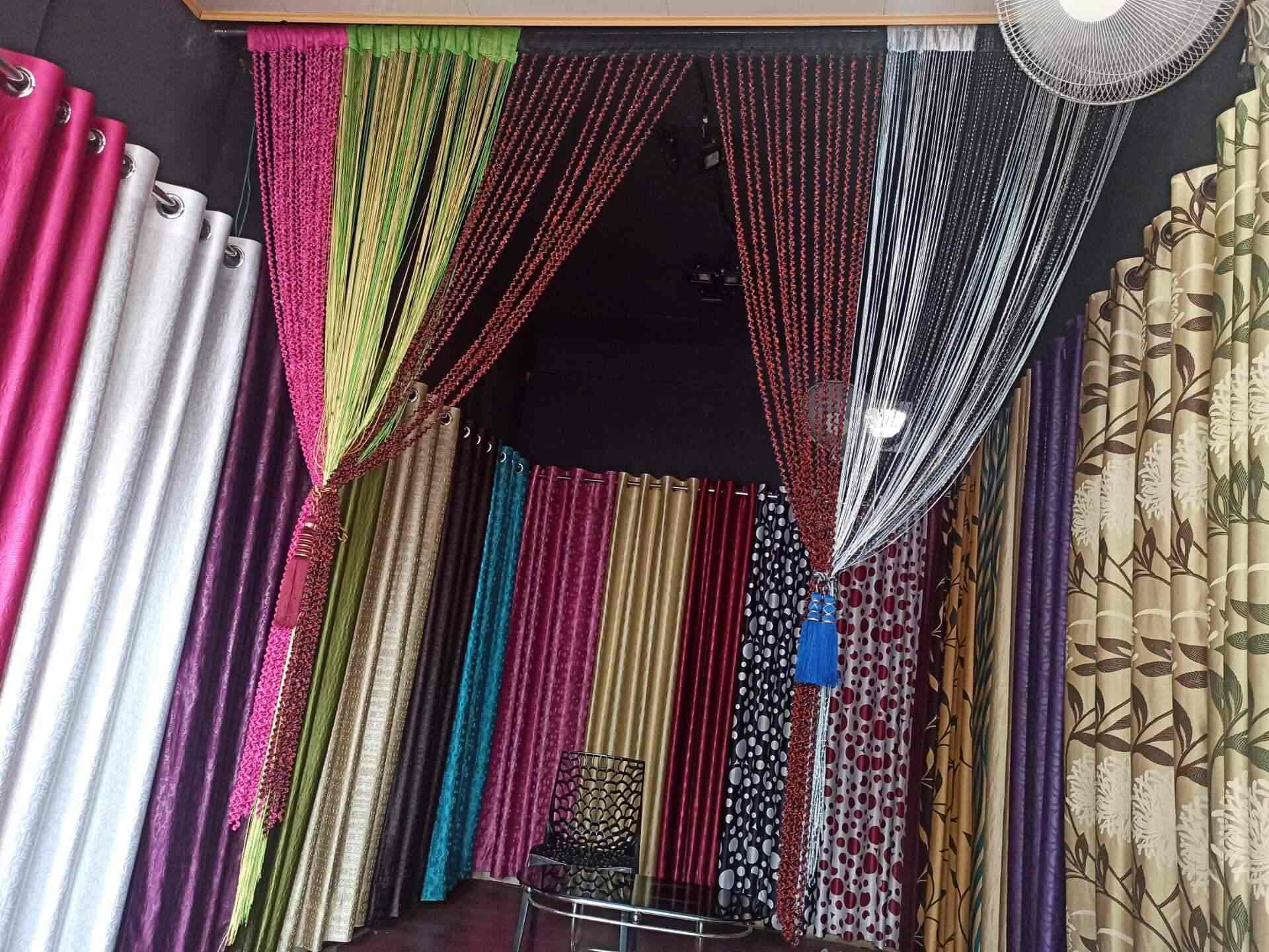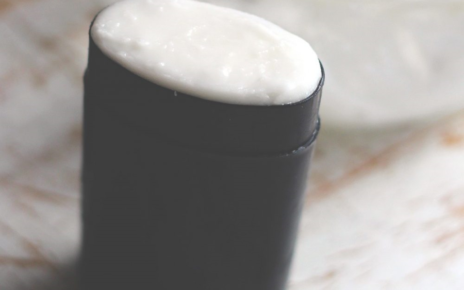Installing curtains on the doors and windows of the house is a kind of ironing out of the beauty of your place along with telling people you need privacy in a silent language.
Houses with good curtains come with a royal rich look. It shows how much effort you have put to give your house and beautiful personal touch. The installation of colorful and attractive curtains has increased in the middle and lower-middle classes as well as in the homes of the wealthy.
In addition to this, it is common in some homes to use the same curtains across the house for months without cleaning or washing them. If the curtains are not maintained, there is a risk of four types of damage with them.
Allergens And Dust Mites In Fabric Curtains
Curtains prevent heat and cold from entering our homes and also prevent dust and dirt but in the process of protecting you, it absorbs dust mites.
An estimated 30 grams of dust contains at least 14,000 dust mites. An area of a one square yard may be at least 1,00,000. Each dust mite emits 300 milligrams of emissions over its lifetime. These can enter your nose when you breathe and cause allergies.

Not only dust mites, but also a variety of allergens can make a home in curtains. Allergic reactions can cause sneezing, runny nose, and nausea.
Read More: Lancet Study on Post Covid Lifestyle
Fungus Accumulation Such As Molds And Mildew
Fungal organisms such as molds and mildew can reach the curtains. These may feel like mildew. Many health problems are caused by the allergic reaction they cause.
Germs
Many types of germs are also present in large numbers in the drapes and they are also harmful to health.
Dust Particles
Even the most delicate dust particles can cause allergies and when there are a large number of dust particles they can damage the lungs.
In the case of plastic curtains
Initially, only cloth curtains were used in all homes and residences. But more recent uses are also being made of plastic in terms of fashion.
When it comes to bathrooms they are mostly made of waterproof material to prevent them from being damaged by water. They are made of a material called ‘phthalate’ so that they can bend and blend like a cloth.
Harmful/toxic substances are present in these types of plastic curtains and not only do they trigger allergies, cause respiratory problems but also affect the hormonal system and damage the reproductive system.

Here’s How To Prevent Curtain Allergies
For door and window curtains, it is better to use fabric curtains as much as possible. It is better to use fabric material for shower curtains too, it is better to use non-harmful allergy-friendly blinds than PVC material as it is more likely to get wet.
Curtains made of fabric or plastic material need to be cleaned regularly to ensure they are not filled with mites and germs.
Curtains made of fabric material should be washed regularly and ensured completely dry before use as damp fabric says hi for the fungus.
Similarly, those made of plastic material should be cleaned frequently with disinfectants. Hypoallergenic washable materials should be used when washing plastic products. This allows them to be washed with soap and water.
In case you have caught an allergy and are unaware of what is happening. It can be detected by a blood test called ‘Radio Allergo Sorbent Test’ (RAST) to determine if there is an allergy and its severity.
Antihistamines should be taken under the supervision of a physician depending on the severity. In cases where the severity is too high, doctors will examine it very closely and treat it carefully with the required doses of steroids.
Also Read: Sudha Reddy, The Only Indian To Attend Met Gala This Year Dazzles In Falguni Shane





